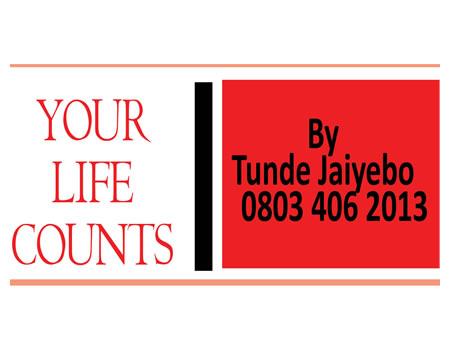Last week we began to look at how to resolve conflicts. We said that conflicts are inevitable issues that will arise in any relationship. We started delving into some basic principles of conflict resolution which we will conclude today.
It is crucial we have a clear understanding of the facts involved in any conflict and this is where effective diagnosis is important. There must be a mechanism in place whereby we can properly diagnose the problems at stake – this is an indispensible component of conflict resolution. Diagnosing a problem correctly is essential to solving it. When we do not diagnose a problem properly we are doomed to not resolving conflict effectively. This will demand we must do away with sentiments and look for the facts of the case. We cannot resolve any conflict effectively if we do not have a clear understanding of the real issues at stake and this will be hindered if we are sentimental or ruled by sentiments. Sentiment is a major hindrance to conflict resolution. Sentiment (being ruled by feelings rather than by facts) leads to bias, unnecessary compromise, hypocrisy and wrong judgment.
Diagnosis is the process of discovering exactly what is wrong with someone or something, by examining them closely. We must set out to discover what exactly is the problem? We don’t just jump at the conflict resolution headlong without stepping back to see from a dispassionate angle to find out what the real issues at stake are. We must discover and find out if the problem we see is the real problem or that it is the symptom of other problems. We don’t want to deal with the symptom and ignore the real problem. We want to know exactly what we are up against so we know what needs to be done.
When we identify the real issues at stake we then find out what issues are major or minor, important or trivial and then we can go to the heart of the matter. If we do not have a clear picture we ask for and get more information. Once we identify the exact problems and issues at stake we must shift gears from being “problem oriented” to being “solution oriented”. When we think and focus unduly on the problems we are likely to get stuck in the quagmire but if become “solution oriented” we will attract solutions and opportunities. Being solution oriented frees our mind to think possibilities, creativity, innovation, solutions and answers.
This helps us to have a set of alternative solutions, options and actions. We then find out what factsare needed to arrive at a resolution of the real issues at stake. We look at alternative courses of action and weigh the risk involved in each course of action compared with the potential gain. After a decision is made as to what ought to be done – this is where the rubber meets the road. This is where two good heads are better than one.
“Refuse good advice and watch your plans fail; take good counsel and watch them succeed.” Proverbs 15:22
“The right word at the right time is like a custom-made piece of jewelry,” Proverbs 25:11
Concluded.
FOR ENQUIRIES OR COMMENTS PLEASE SEND EMAIL TO
Charismokola@yahoo.com
YOU SHOULD NOT MISS THESE HEADLINES FROM NIGERIAN TRIBUNE
Shukroh Adeyemi is a first-class graduate of the Department of English, Lagos State University (LASU), for the…
Full list: Names of ex-governors receiving pensions in 10th Senate
No fewer than 13 former governors still receive pension allowances as serving senators in the…
Mmesoma’s father apologises, begs JAMB, Nigerians, to pardon daughter
Mr Romanus Ejikeme, the father of Mmesoma Ejikeme, the 2023 Unified Tertiary Matriculation Examination (UTME) candidate who…
Asisat Oshoala shortlisted for 2023 Ballon d’Or award
Nigerian football star and Super Falcons forward, Asisat Oshoala, has been named as a nominee for the…
3 lessons from the ethnicization of JAMB controversy
OVER the last few days, Irecoiled in horror and disgust as the fairly straightforward case of JAMB exam result fraud by…
Rahinatu Ibrahim, popularly called Ganga, recalled with nostalgia when she first embarked on her journey to the…






